10 Simple Ways to Boost Your Daily Nutrition
Hey there! Ever feel like you’re running on empty, even though you’re eating three meals a day? Trust me, I’ve been there. But here’s the thing: what we eat is just as important as how much we eat. So, I’ve got some awesome tricks up my sleeve to help you power up your daily nutrition game. These are super easy ways to give your body the good stuff it needs without turning your life upside down. Ready to feel more energized and healthier? Let’s dive in!
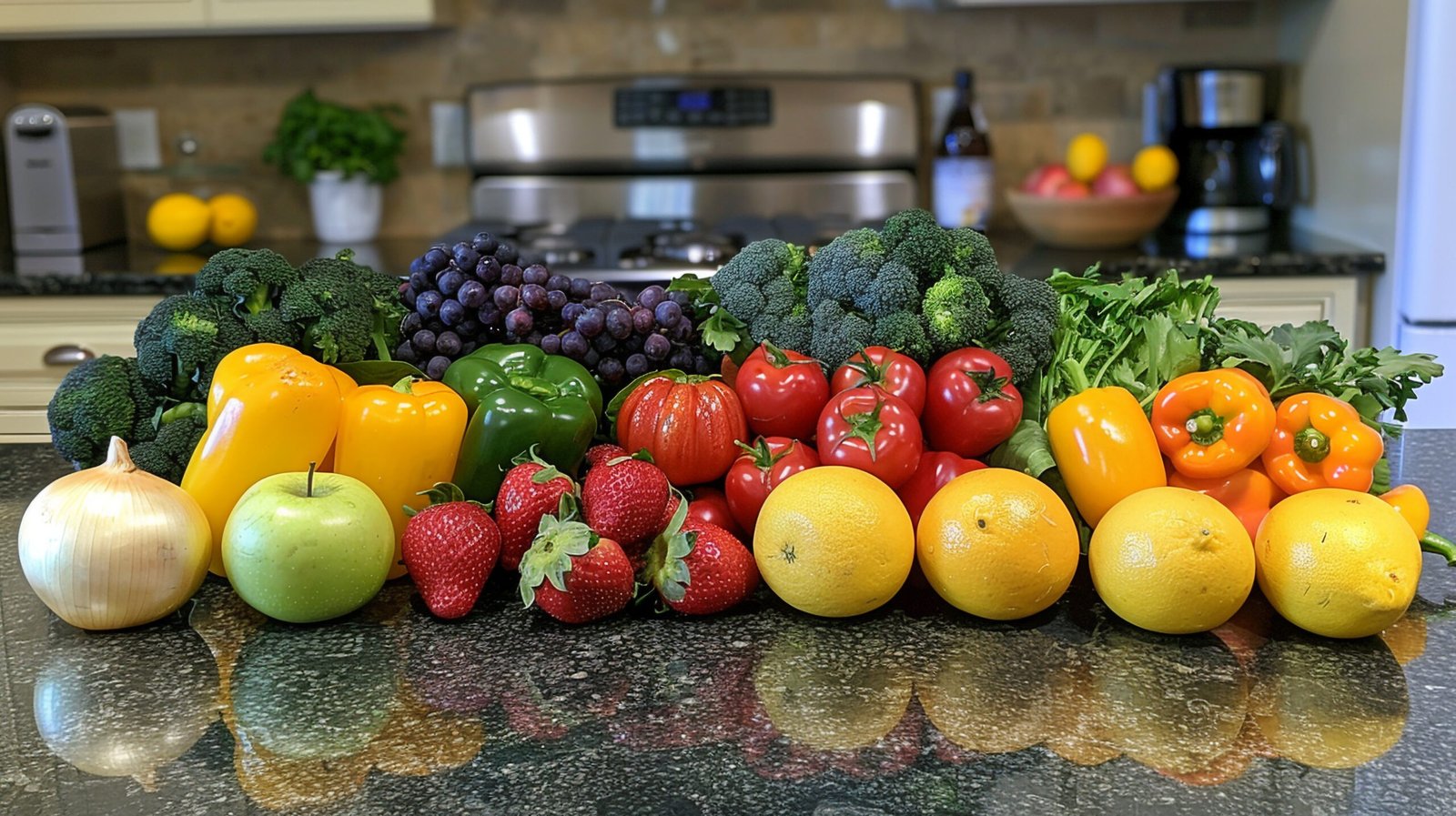
Eat the rainbow
Okay, I’m not talking about Skittles here (though they are pretty tasty). I’m talking about fruits and veggies of all different colors. You know how your parents always nagged you to eat your vegetables? Well, turns out they were onto something. Each color in fruits and veggies represents different nutrients that your body needs. Red tomatoes have lycopene, which is great for your heart. Orange carrots are packed with beta-carotene for your eyes. Green spinach is loaded with iron for your blood. And blueberries? They’re like little antioxidant bombs for your brain. So, next time you’re at the grocery store, pretend you’re a kid in a candy shop and grab all the colorful produce you can. Your body will thank you, and your plate will look way more Instagram-worthy.
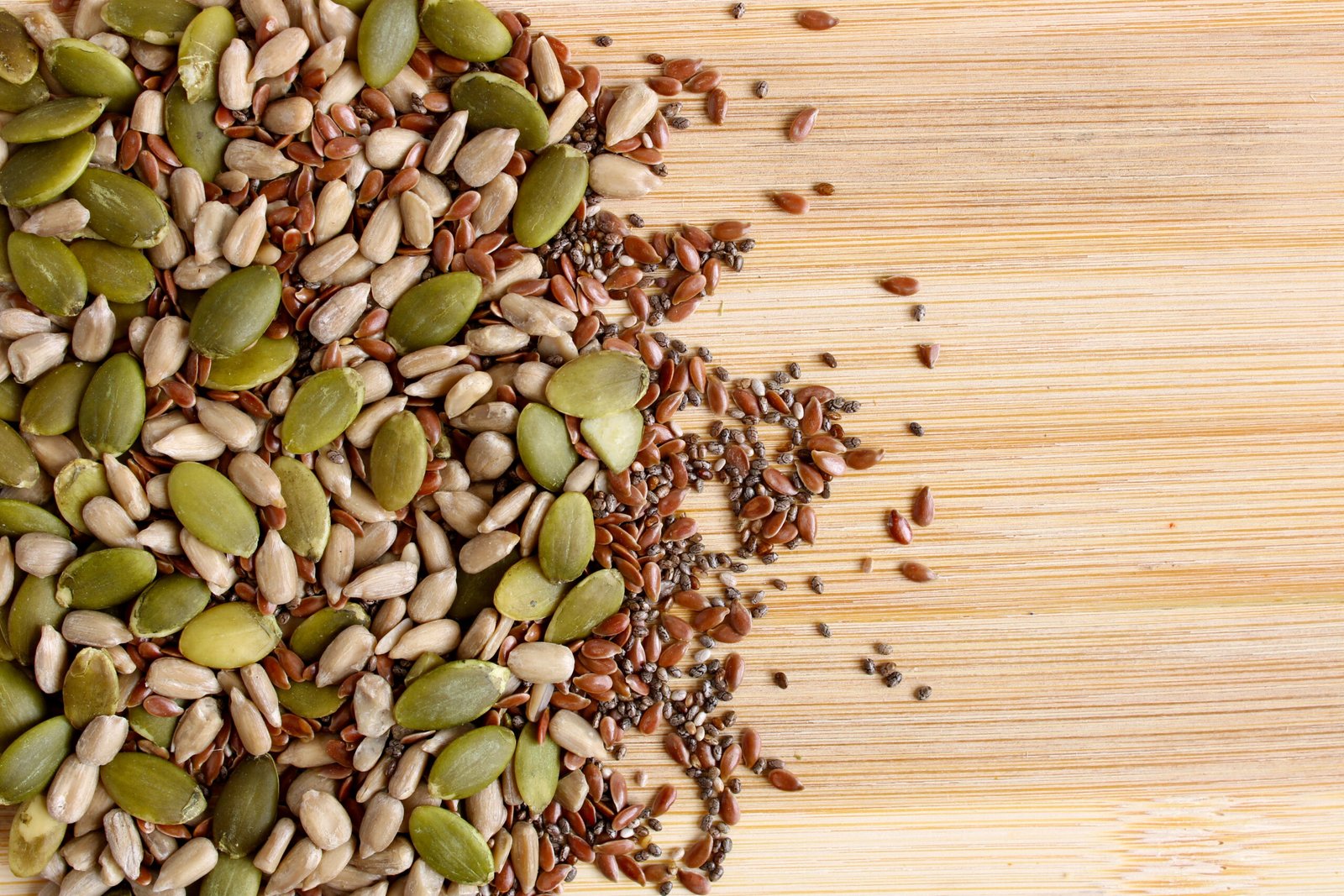
Sneak in some seeds
Seeds are like nature’s multivitamins, but way tastier. Chia seeds, flax seeds, pumpkin seeds – they’re all awesome. These little guys are packed with things like omega-3 fatty acids (good for your brain), fiber (keeps you feeling full), and minerals like zinc and magnesium (important for, well, everything). The best part? You can add them to pretty much anything without changing the taste. Sprinkle some on your yogurt, toss them in a smoothie, or add them to your sandwich. It’s like giving your meal a secret nutrition boost without anyone knowing. Ninja nutrition, if you will.

Hydrate, hydrate, hydrate
I know, I know. You’ve heard it a million times. But seriously, drinking enough water is super important. Our bodies are mostly water, and we need it for basically everything – from keeping our skin clear to helping our brains work properly. But let’s be real, plain water can get boring. So, here’s a fun twist: infuse your water with fruits or herbs. Throw some lemon slices, strawberries, or mint leaves into your water bottle. It’s like making your own fancy spa water at home. Not only does it taste good, but you also get some extra vitamins from the fruit. Plus, it looks cool, so you’ll actually want to drink it. Win-win!

Go nuts for nuts
Nuts are like nature’s perfect snack. They’re portable, they don’t need refrigeration, and they’re packed with good stuff like protein, healthy fats, and fiber. Almonds, walnuts, cashews – they’re all great choices. Just a small handful can keep you feeling full and give you a nice energy boost. But here’s a pro tip: go for the unsalted kinds. Too much salt can make you retain water and feel bloated. And if you’re not a fan of eating them plain, try nut butter instead. Spread some almond butter on apple slices or celery sticks for a crunchy, creamy snack that’ll keep you going all afternoon.

Befriend beans
Beans might not be the most exciting food out there, but they’re nutrition superstars. They’re loaded with protein, fiber, and tons of vitamins and minerals. Plus, they’re super cheap and easy to prepare. You can throw them in soups, salads, or even mash them up to make a dip. Black beans, chickpeas, lentils – they’re all great choices. And if you’re worried about, um, gas issues, start with small amounts and gradually increase. Your body will adjust, and you’ll be reaping the benefits in no time. Trust me, your future self will thank you for making beans your new BFF.
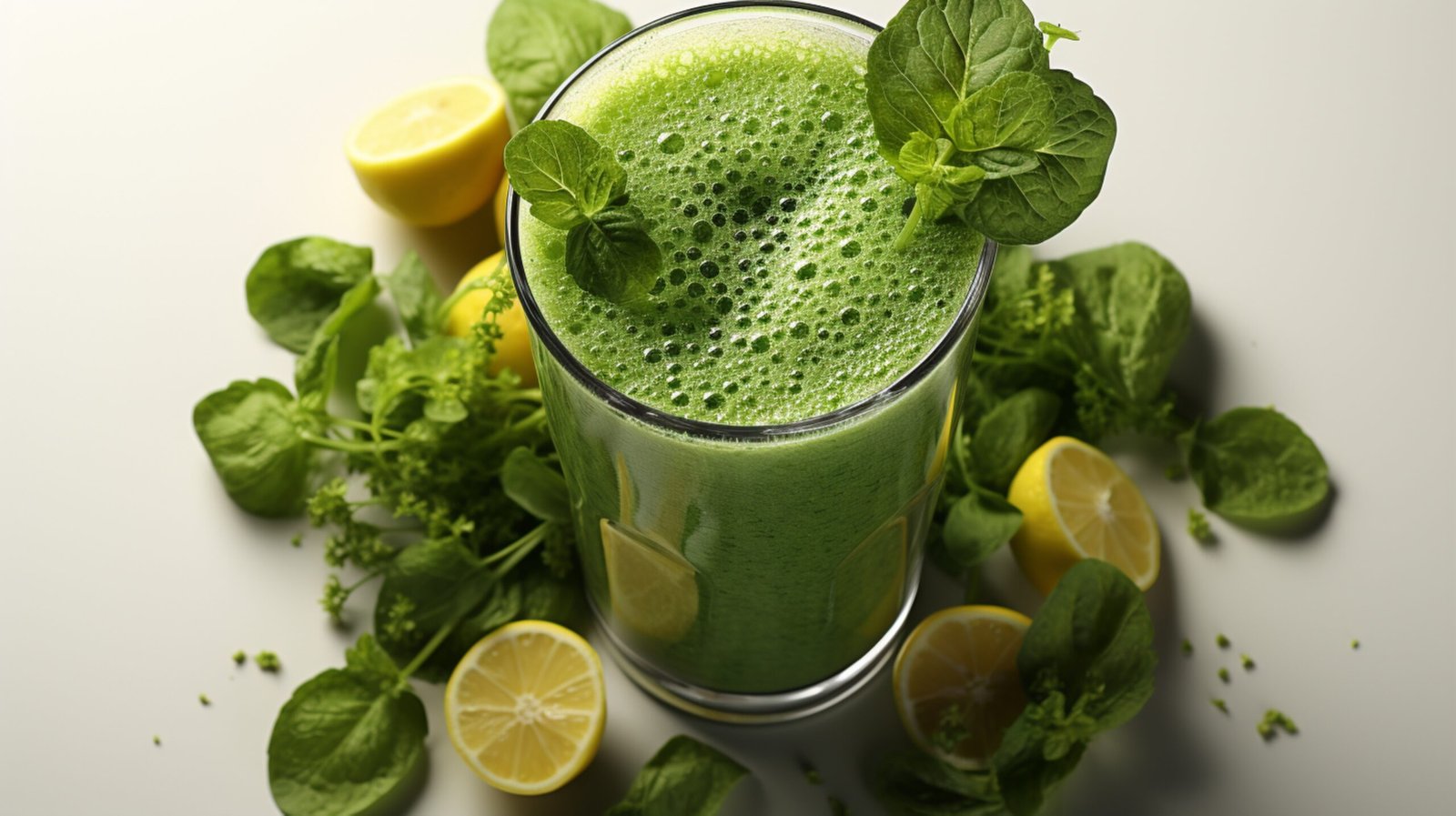
Green up your smoothies
Smoothies are awesome. They’re like milkshakes that are actually good for you. But here’s a trick to make them even better: add some greens. I know what you’re thinking – “Ew, veggie smoothies?” But hear me out. If you blend in some spinach or kale with your fruit smoothie, you won’t even taste it. Promise. You’ll just get all the benefits of those leafy greens – like iron, calcium, and vitamin K – without feeling like you’re drinking a salad. Start with a small handful and work your way up. Before you know it, you’ll be that person drinking green smoothies and feeling like a health guru.
White bread, white rice, white pasta – they might taste good, but they’re not doing much for your nutrition. Instead, try swapping them for whole grain versions. Whole grains have more fiber, vitamins, and minerals than their refined counterparts. They keep you feeling full longer and help keep your blood sugar steady. Brown rice, whole wheat bread, quinoa – there are tons of options out there. And don’t worry, they don’t taste like cardboard. In fact, many people find they prefer the nuttier, more complex flavor of whole grains once they get used to them. Give it a try – your taste buds (and your body) might just surprise you.

Spice things up
Herbs and spices aren’t just for making food taste good – they’re also packed with health benefits. Cinnamon can help regulate blood sugar. Turmeric is a powerful anti-inflammatory. Garlic is great for your immune system. And the best part? They add tons of flavor without adding calories. So instead of reaching for the salt shaker, try experimenting with different spices. Not only will your food taste more exciting, but you’ll also be giving your body a little nutrition boost. It’s like turning every meal into a mini health potion. How cool is that?

Egg-cellent protein
Eggs are pretty amazing. They’re cheap, easy to cook, and packed with high-quality protein. But don’t just stick to scrambled eggs for breakfast. Hard-boiled eggs make great snacks. You can add them to salads for lunch. Or have an omelet for dinner. And don’t toss the yolks – that’s where most of the nutrients are. Worried about cholesterol? Unless your doctor has told you otherwise, eggs are totally fine to eat regularly. They’ve got vitamin D, B vitamins, and minerals like selenium. Plus, they keep you feeling full, which can help if you’re trying to manage your weight. So go ahead, get cracking!

Yogurt power
Yogurt isn’t just for breakfast parfaits. It’s a nutritional powerhouse that can be eaten any time of day. It’s packed with protein, calcium, and probiotics – those are good bacteria that help keep your gut healthy. But here’s the catch: not all yogurts are created equal. A lot of flavored yogurts are loaded with sugar, which kind of defeats the purpose. Instead, go for plain yogurt and add your own toppings. Fresh fruit, a drizzle of honey, or some of those seeds we talked about earlier all make great additions. And don’t just stick to the sweet stuff – yogurt can be used in savory dishes too. Try it as a healthier substitute for sour cream or mayo in dips and dressings.

So there you have it – ten super simple ways to give your daily nutrition a major boost. The best part? None of these require a total diet overhaul or fancy, expensive ingredients. They’re all about making small, easy changes that can add up to big results over time.
Remember, nutrition isn’t about being perfect. It’s about making better choices more often. So don’t stress if you can’t do all of these every day. Even incorporating just one or two of these tips can make a real difference in how you feel. Start small, be consistent, and before you know it, you’ll be feeling more energized, focused, and all-around awesome. Your body does so much for you every day – why not return the favor by fueling it with the good stuff? Trust me, future you will be so grateful you started now. So go ahead, give these a try. Your taste buds – and your body – will thank you!



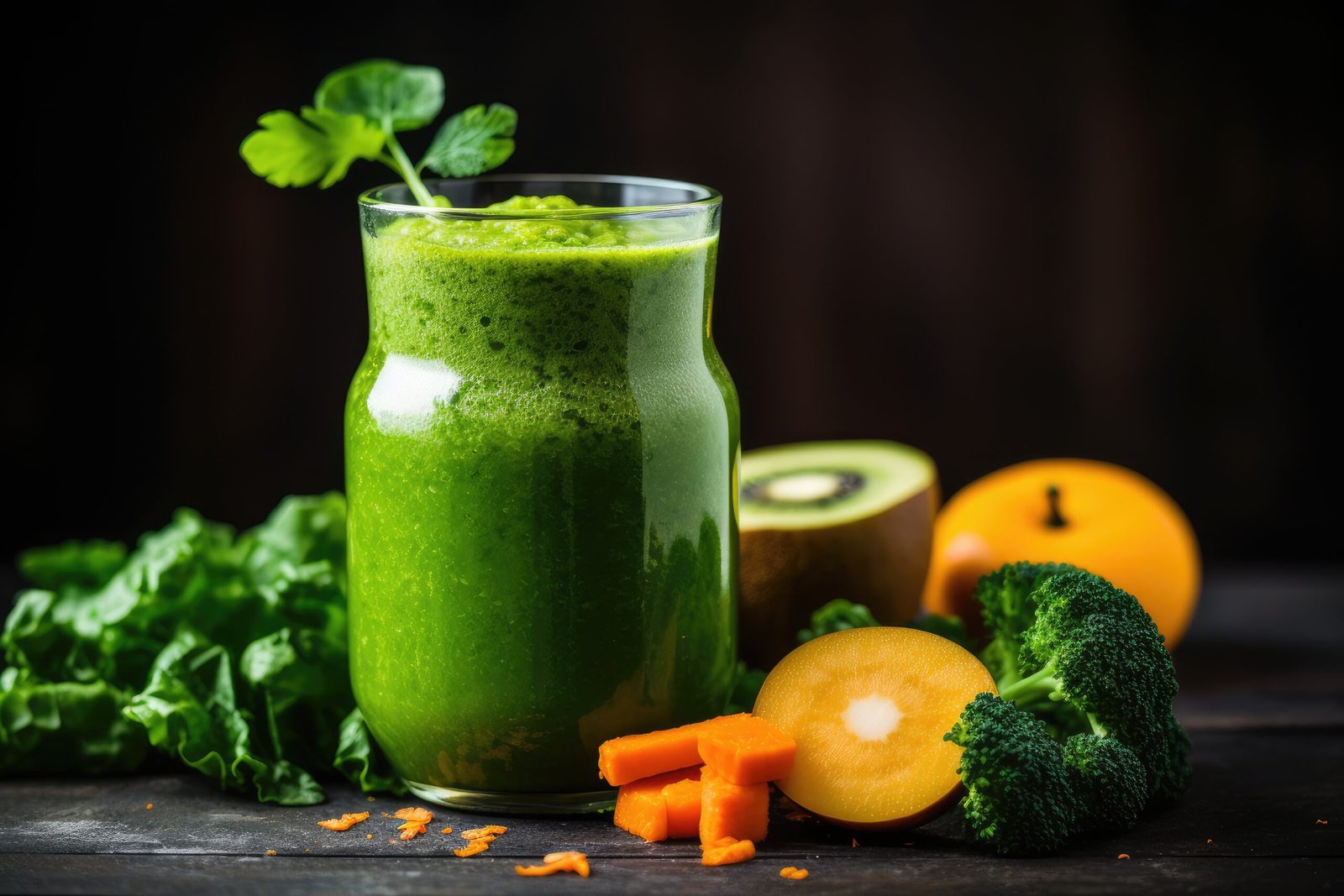


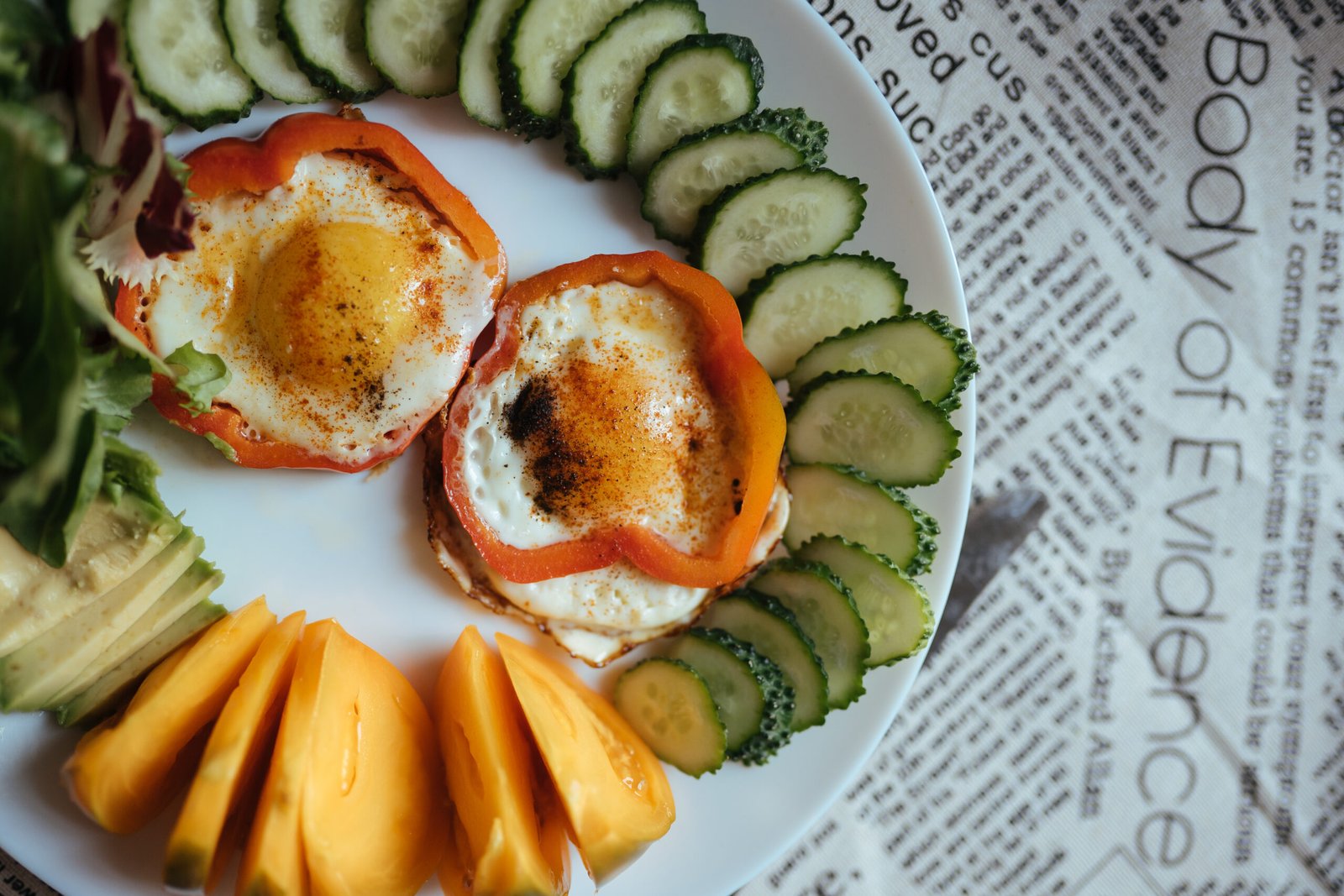



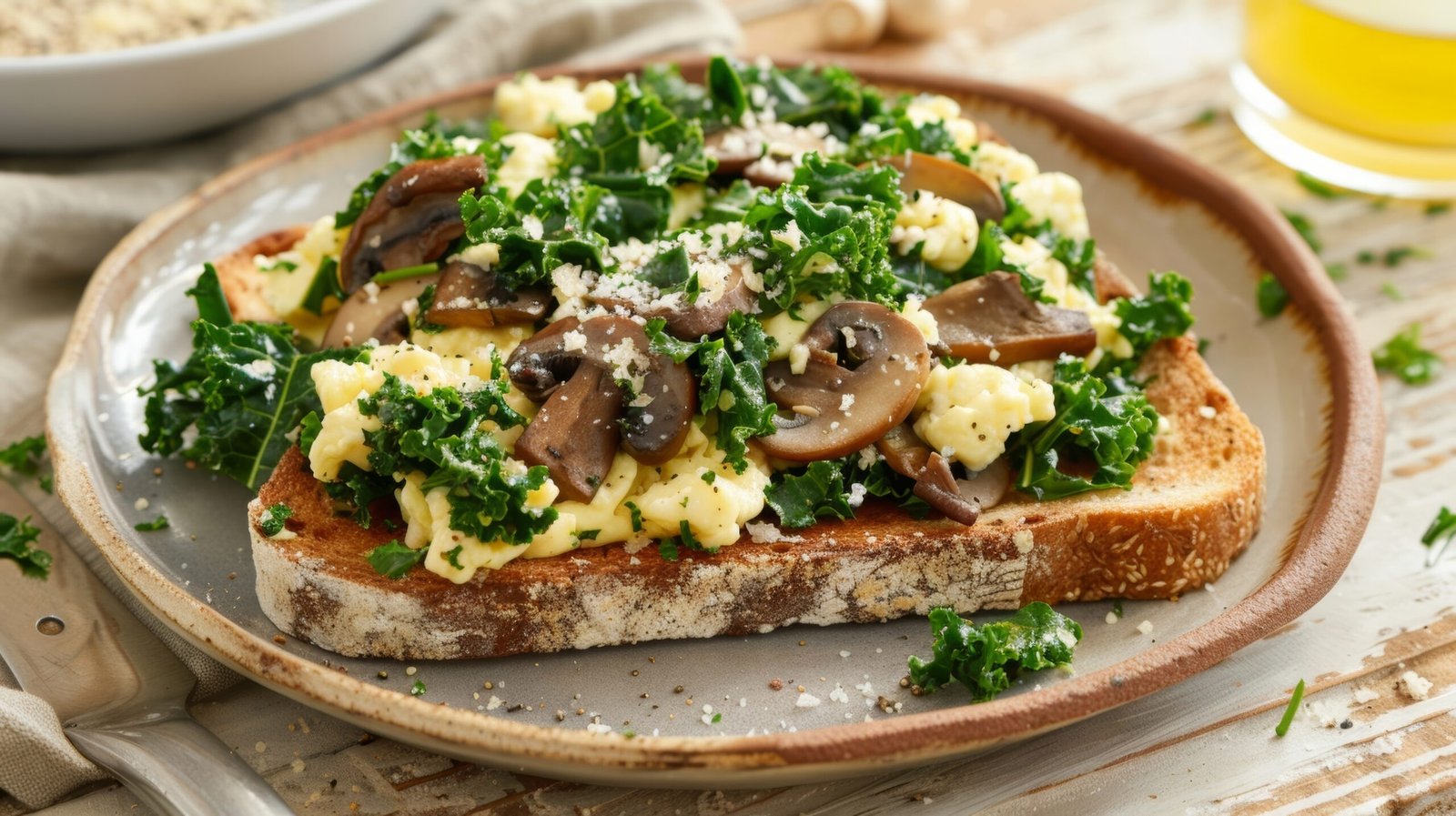

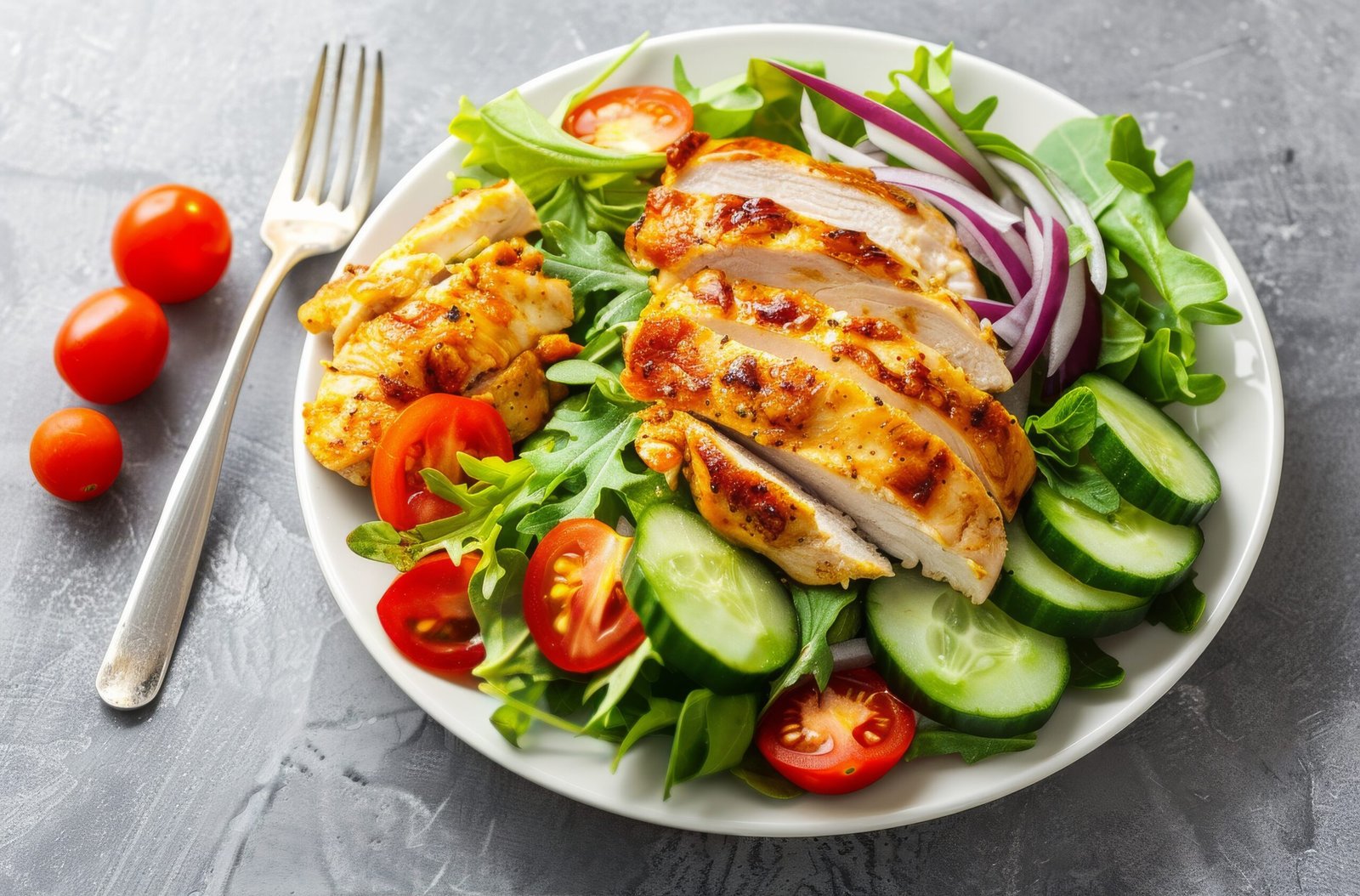






0 Comments